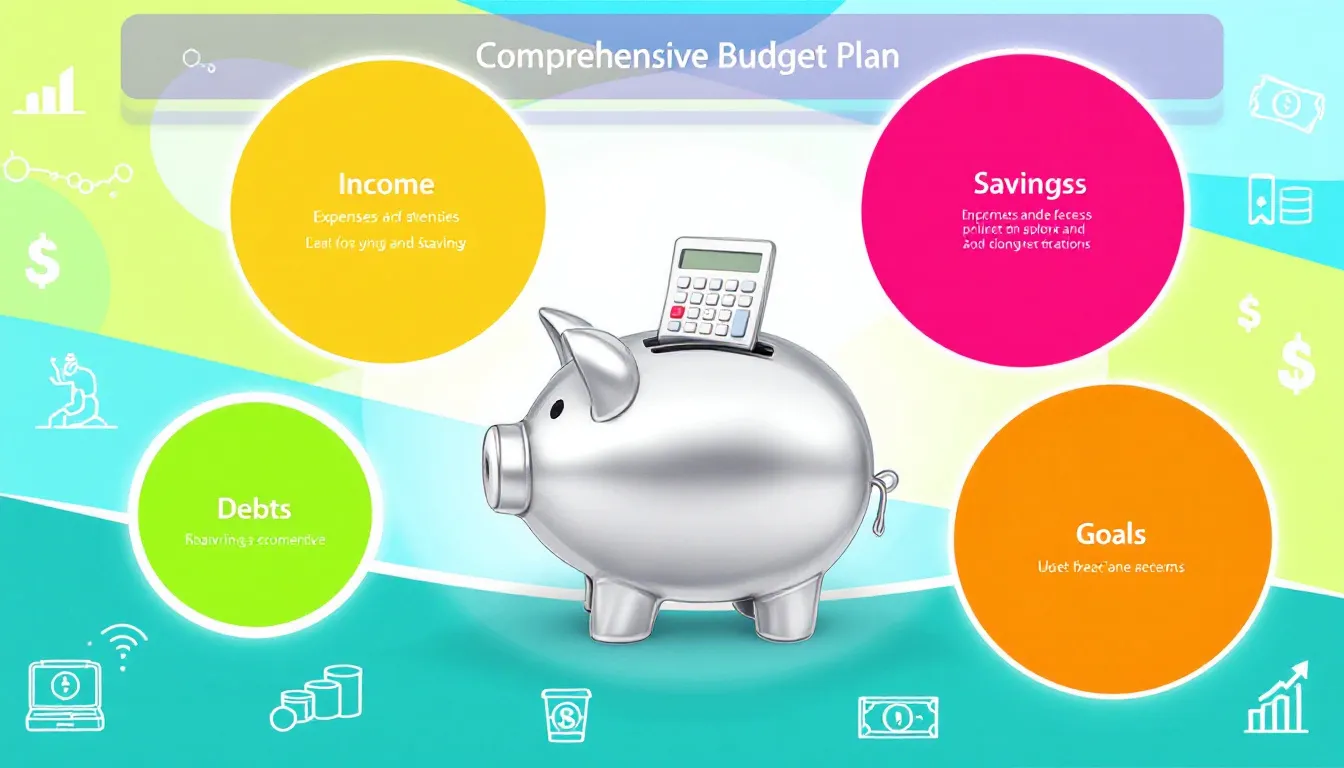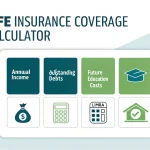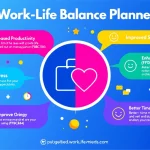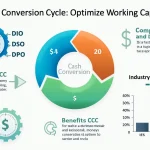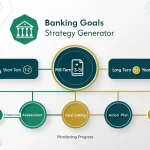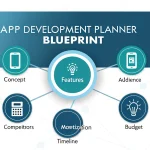Comprehensive Budget Plan Generator
Is this tool helpful?
How to Use the Comprehensive Budget Plan Generator Effectively
Follow these steps to create a personalized and detailed budget plan using the tool:
-
Enter the client’s monthly income: Input the total monthly income in USD. For example:
- 5500 for a client earning $5,500 each month
- 4200 for a client with a $4,200 monthly income
-
List the client’s current monthly expenses: Provide a detailed account of all monthly expenses, including rent or mortgage, utilities, groceries, transportation, insurance, and leisure activities. Examples:
- Mortgage: $1100
- Internet: $80
- Groceries: $350
- Gas: $150
- Health Insurance: $200
- Gym Membership: $50
-
Detail current debts: Enter all outstanding debts with amounts and interest rates. For instance:
- Student Loan: $15000 at 6% APR
- Car Loan: $12000 at 5.5% APR
-
Outline financial goals: Describe both short-term and long-term financial objectives. Examples:
- Short-term: Save $3000 for vacation in 9 months
- Long-term: Pay off mortgage early and invest for retirement
- Input current savings (optional): If applicable, enter the total savings amount in USD. For example, 5000 or 15000.
- Generate the budget plan: Click the button to create a comprehensive, personalized budget plan based on the provided details.
After submission, the generated budget plan presents detailed spending allocations, suggestions for reducing expenses, debt repayment strategies, and tailored financial planning recommendations.
Introduction to the Comprehensive Budget Plan Generator
The Comprehensive Budget Plan Generator is a financial tool that helps you develop a personalized and detailed budget plan. It considers your income, expenses, debts, savings, and financial goals to create a clear strategy for managing your finances effectively.
Purpose and Benefits
This tool simplifies the budgeting process by automating calculations and providing actionable recommendations. It saves time and helps you focus on what matters most:
- Personalized financial plans tailored to your unique situation
- Clear expense tracking and optimization methods
- Debt management strategies to reduce interest costs
- Guidance on building and growing your savings
- Long-term financial goal planning
- Flexible budgets that adapt as your circumstances change
Practical Usage of the Budget Plan Generator
This tool uses your submitted information to generate a practical budget plan that fits your financial situation. Here’s what it does:
1. Analyzes Monthly Expenses
By breaking down your monthly expenses, the tool helps you identify areas to reduce costs and improve savings. It highlights spending patterns, so you can focus on cutting unnecessary expenses.
2. Creates Customized Debt Repayment Plans
The tool calculates optimal debt payment strategies based on loan amounts, interest rates, and your cash flow. It prioritizes debts with higher interest rates and suggests extra payments to minimize overall interest.
3. Develops Savings Strategies Aligned with Your Goals
Whether you want to build an emergency fund or save for a large purchase, the tool calculates monthly savings targets. It offers suggestions on reallocating funds from discretionary spending to reach your goals faster.
4. Optimizes Income Allocation
It proposes how to allocate your income across various needs, such as essentials, debt payments, short- and long-term savings, and discretionary spending. For example, if your monthly income is $4800, the tool might recommend:
- Essential expenses: 50% ($2400)
- Debt repayment: 15% ($720)
- Short-term savings: 10% ($480)
- Long-term savings: 20% ($960)
- Discretionary spending: 5% ($240)
Examples of How This Tool Supports Your Financial Planning
Young Adult Managing Student Loans
Anna, a 28-year-old nurse, earns $5200 monthly and has $25000 in student loans at 7% APR. She wants to save for a house down payment and reduce her debts sooner. The tool creates a budget plan that includes:
- Allocating $800 monthly toward student loan repayment
- Setting aside $600 monthly into a dedicated house savings account
- Suggestions to cut dining out expenses by 40%
- Advice on adjusting contributions as income changes
Family Planning for Education and Emergency Funds
The Martinez family earns $9000 per month with monthly expenses of $6200. They want to build an emergency fund and save for their kids’ college education. The budget plan helps them:
- Allocate $500 each month to a 529 plan for each child
- Build a $15000 emergency fund within 18 months
- Recommend reducing entertainment expenses by 25%
- Plan for potential new expenses without compromising savings
Mid-Career Professional Preparing for Retirement
David, age 45, earns $7500 monthly and has $100000 saved for retirement. He wants to increase his retirement fund and pay off credit card debt quickly. The budget plan provides:
- Plan to maximize 401(k) contributions
- Debt repayment strategy prioritizing highest-interest credit cards first
- Recommendations to trim discretionary spending by 15%
- Timeline to reach debt-free status within 2 years
Frequently Asked Questions About the Budget Plan Generator
Q1: How often should I update my budget plan?
Update your budget plan every 3-6 months, or whenever you experience significant changes such as a new job, increase in expenses, or revised financial goals.
Q2: Can the tool help me decide if debt consolidation is right?
Yes. By analyzing your debts and interest rates, the tool can recommend if consolidating debts could reduce your overall interest payments and simplify repayment.
Q3: How should I input irregular income?
Use an average monthly income based on the past 6-12 months. The tool creates flexible plans that accommodate fluctuations in income throughout the year.
Q4: Can I plan for major life events with this tool?
Absolutely. Include your financial goals related to events like buying a home, starting a family, or retirement. The plan will incorporate these goals and offer tailored saving and spending recommendations.
Important Disclaimer
The calculations, results, and content provided by our tools are not guaranteed to be accurate, complete, or reliable. Users are responsible for verifying and interpreting the results. Our content and tools may contain errors, biases, or inconsistencies. Do not enter personal data, sensitive information, or personally identifiable information in our web forms or tools. Such data entry violates our terms of service and may result in unauthorized disclosure to third parties. We reserve the right to save inputs and outputs from our tools for the purposes of error debugging, bias identification, and performance improvement. External companies providing AI models used in our tools may also save and process data in accordance with their own policies. By using our tools, you consent to this data collection and processing. We reserve the right to limit the usage of our tools based on current usability factors.
